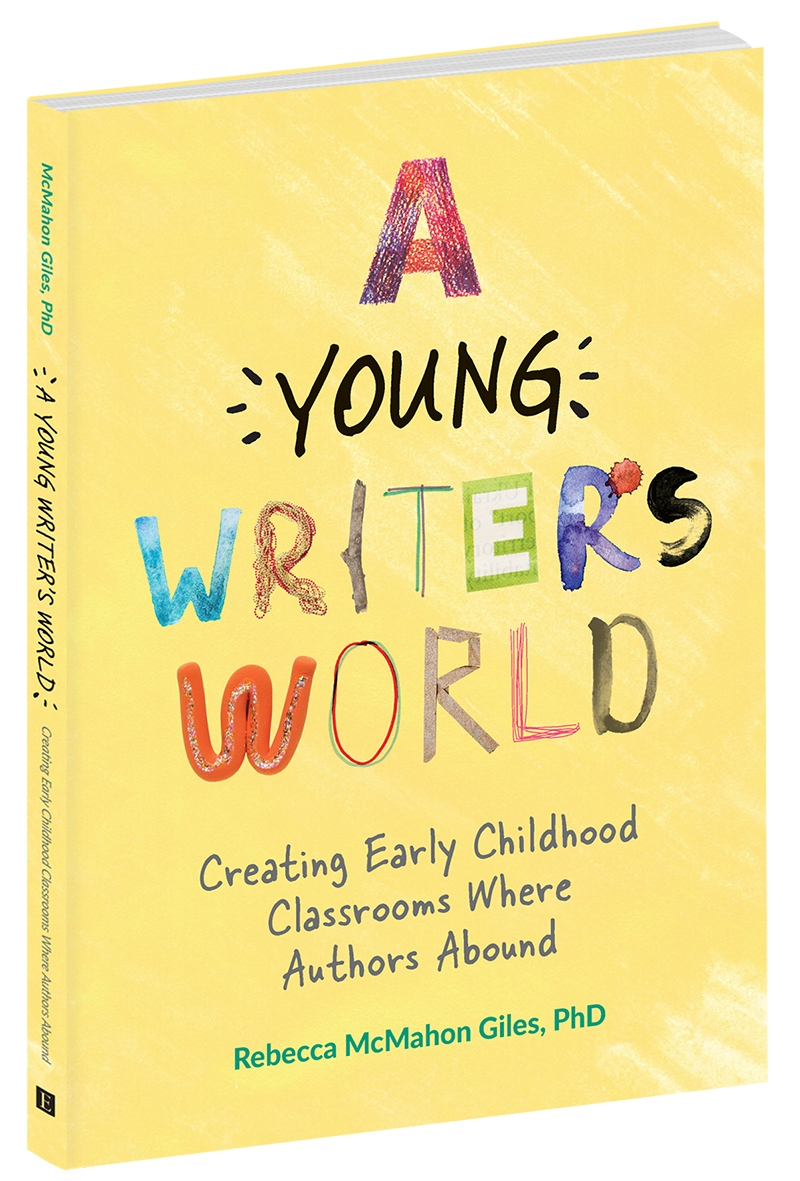ExchangeEveryDay Past Issues
 << Previous Issue
| View Past Issues | | Next Issue >>
<< Previous Issue
| View Past Issues | | Next Issue >> -C.S. Lewis
During a difficult time in human history, Anne Frank wrote: “I can shake off everything as I write; my sorrows disappear, my courage is reborn.”
Helping children learn how to write, while also inspiring them to want to write, is a gift early educators can give that will last a lifetime. It takes intention to craft the kind of writing environment that concurrently instructs and motivates.
In her popular new book, A Young Writer’s World, Rebecca Giles encourages a thoughtful approach to early literacy learning. She explains how working carefully with children’s interest in forming letters, without moving into formal handwriting instruction too quickly, can keep motivation high:
“When children do show an interest in writing and begin to make letter-like shapes, allow them to experiment with how letters are formed to gain confidence in expressing themselves with print…Instead of forcing a child into a tripod grasp, intentionally embed increased fine motor development activities into the daily routine so there is further opportunity to develop the muscles in their hands…
Formal writing instruction such as repetitive tracing or forming letters is not needed since handwriting is best practiced within the context of real writing experiences.”
Creating Early Childhood Classrooms to get this title for 10% off. |






Post a Comment